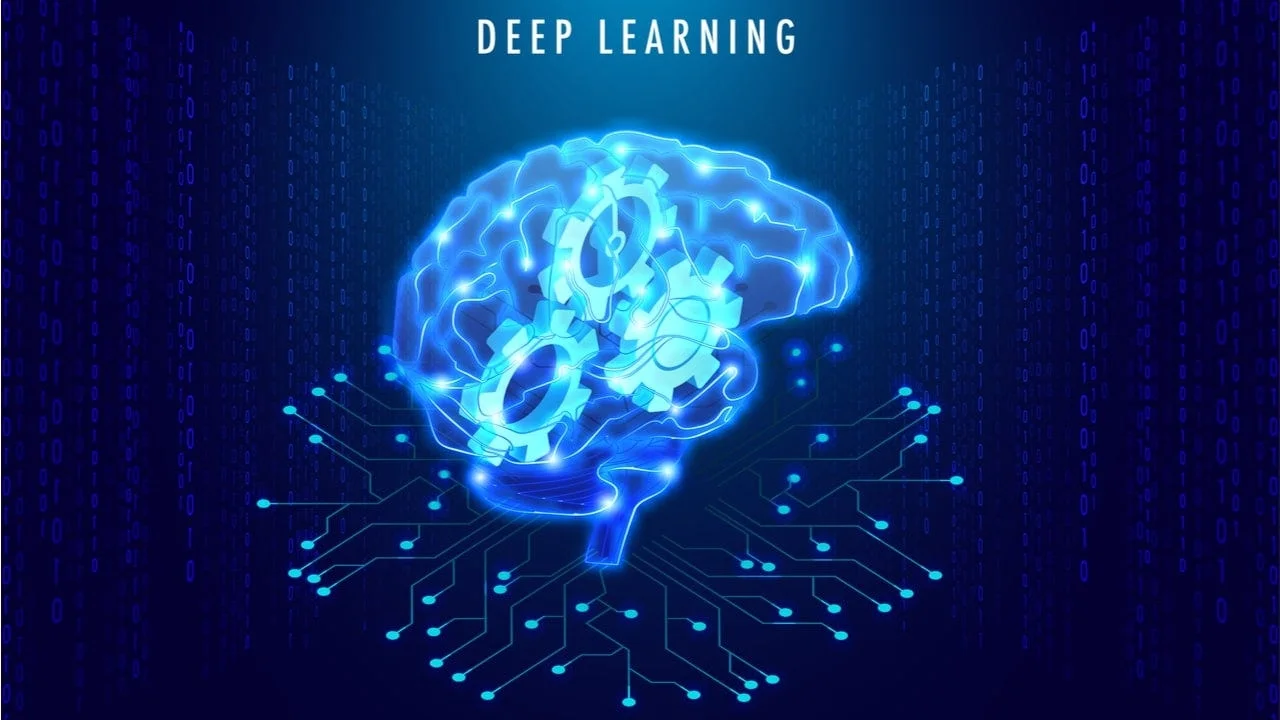Introduction
Deep learning, a pivotal subset of artificial intelligence, continues to revolutionize industries by enabling machines to learn from vast data and perform complex tasks mimicking human cognition. Its profound impact stretches across healthcare, autonomous systems, finance, and beyond, driving advancements in pattern recognition, natural language processing, and real-time decision-making.
According to Straits Research, “The global deep learning size was valued at USD 82.27 billion in 2024 and is projected to grow from USD 110.25 billion in 2025 to USD 1,146.06 billion by 2033, growing at a CAGR of 34% during the forecast period (2025-2033).” This extraordinary growth trajectory reflects surging investments, enhanced computational power, and expanding adoption across sectors globally.
Key Trends and Technological Advances in Deep Learning
As of 2025, deep learning is evolving through several cutting-edge trends and innovations:
-
Advancements in Transformer Architectures: Transformer-based models, such as GPT and vision transformers, are increasingly sophisticated, enabling superior language understanding, image recognition, and multimodal processing simultaneously. Hybrid transformer models now enhance accuracy and speed in natural language understanding, powering AI chatbots, translation, and content generation.
-
Explainable AI (XAI) and Responsible Deep Learning: Growing demand for transparency drives innovations in explainable AI methods that clarify model decisions, helping to build trust and reduce biases. This trend is crucial for sectors like healthcare and finance, where accountability and fairness are paramount.
-
Federated and Self-Supervised Learning: To address data privacy and labeling constraints, federated learning enables decentralized model training without sharing raw data, while self-supervised learning reduces reliance on costly labeled datasets. These approaches are expanding the applicability of deep learning in sensitive areas.
-
Quantum-Enhanced Deep Learning: Quantum computing research is increasingly integrated with deep learning, aiming to speed up training and inference on complex problems like drug discovery and materials science, potentially overcoming current computational bottlenecks.
-
Generative Models and Diffusion Techniques: Generative Adversarial Networks (GANs) and diffusion models now create realistic synthetic data, images, and videos used in various applications from entertainment to medical imaging. These models improve the quality and diversity of AI-generated outputs massively.
-
Graph Neural Networks (GNNs): GNNs continue to gain traction for their unique ability to model relationships in complex networked data such as social media, fraud detection, and recommendation engines, with increasing adoption in scientific research and supply chain optimization.
-
Integration of AI with Edge Computing: To minimize latency and data privacy concerns, deep learning inference is moving closer to data sources via edge devices. This is critical for real-time applications like autonomous vehicles, smart cameras, and industrial automation.
Leading Players and Competitive Landscape
The deep learning ecosystem is led by an array of influential multinational corporations, prominent research labs, and innovative startups:
-
Google DeepMind (USA): A pioneer in deep learning research, DeepMind advances cutting-edge models such as AlphaFold for protein folding and sets benchmarks in natural language processing and reinforcement learning.
-
OpenAI (USA): Creator of GPT series models, OpenAI is at the forefront of generative AI and multimodal deep learning, continuously pushing model capabilities and real-world implementations.
-
Microsoft (USA): Heavily invests in integrating deep learning into cloud platforms like Azure, offering scalable AI services and partnering with OpenAI for product innovation.
-
Meta Platforms (USA): Focuses on advancing transformer architectures, multimodal learning, and large-scale AI model training to power social network enhancements and metaverse applications.
-
Baidu (China): Invests significantly in natural language understanding and autonomous driving using deep learning tailored for Chinese language and market specifics.
-
Tencent AI Lab (China): Combines deep learning with gaming, content recommendation, and healthcare AI, driving innovation in Asia-Pacific.
-
Huawei (China): Developing AI chips and cloud AI platforms targeting telecommunications and smart device applications, fueling regional AI adoption.
-
NVIDIA (USA): Provides GPUs and AI software frameworks optimized for training and deploying deep learning models, critical for scaling AI solutions globally.
-
Anthropic (USA): Specializes in safe and interpretable AI research to mitigate risks associated with powerful deep learning models.
Numerous startups worldwide contribute with specialized deep learning solutions for domains like healthcare diagnostics, financial fraud detection, and industrial automation.
Regional Updates and Innovations
-
North America: Continues as the innovation leader with heavy R&D investments in AI, hosting major AI labs, startups, and cloud providers. The US government enhances funding for AI ethics research and quantum computing integration with deep learning.
-
Asia-Pacific: China leads rapid deployment of deep learning in surveillance, fintech, and language processing. India accelerates AI adoption with government programs supporting AI startups focused on agriculture, healthcare, and education.
-
Europe: Emphasizes regulation-compliant AI with GDPR and AI Act frameworks promoting responsible and explainable deep learning usage. Germany, France, and the UK foster partnerships between academia and industry to develop trustworthy AI systems.
-
Latin America, Middle East & Africa: Adoption grows gradually, aided by AI talent development programs and increased infrastructure investments, fostering region-specific AI solutions.
Recent Industry News and Developments
-
In 2025, Google DeepMind unveiled enhanced large multimodal transformer models capable of understanding and generating text, images, and audio with unprecedented fluency.
-
OpenAI released improvements to its GPT models focusing on reducing hallucinations and expanding multilingual capabilities.
-
Microsoft Azure AI introduced new AutoML capabilities that enable businesses to build optimized deep learning models with less expertise.
-
NVIDIA launched next-generation AI accelerators designed specifically to accelerate transformer-based model training, reducing energy consumption.
-
Anthropic secured extensive funding to advance research on AI alignment and interpretability, addressing safety concerns in deep learning deployment.
-
Baidu introduced advanced speech recognition models tailored for dialects and languages specific to China’s diverse population.
-
Numerous research breakthroughs were announced in self-supervised learning and federated training techniques enhancing data privacy and reducing data labeling requirements.
Challenges and Future Outlook
Deep learning’s rapid growth brings challenges like rising energy demands for training large models, risks of bias and misinformation, and the scarcity of labeled data for certain applications. Ensuring models are transparent, fair, and environmentally sustainable remains critical.
Despite these obstacles, ongoing advances in algorithm efficiency, hybrid neuro-symbolic AI integration, and quantum computing promise to overcome current limitations. The democratization of AI via open-source frameworks and cloud services will further accelerate adoption.
Deep learning is poised to profoundly influence every sector, unlocking novel applications in healthcare diagnostics, climate modeling, autonomous systems, and creative industries.
Summary
Deep learning is undergoing a transformative phase with innovations in transformers, generative models, and privacy-preserving techniques driving widespread adoption and expansion. Key global players continue pioneering advances while regions worldwide execute strategic plans to harness AI benefits responsibly. As computational power grows and algorithms evolve toward more efficient, explainable, and sustainable forms, deep learning’s impact on industry and society will intensify across the coming decade.





